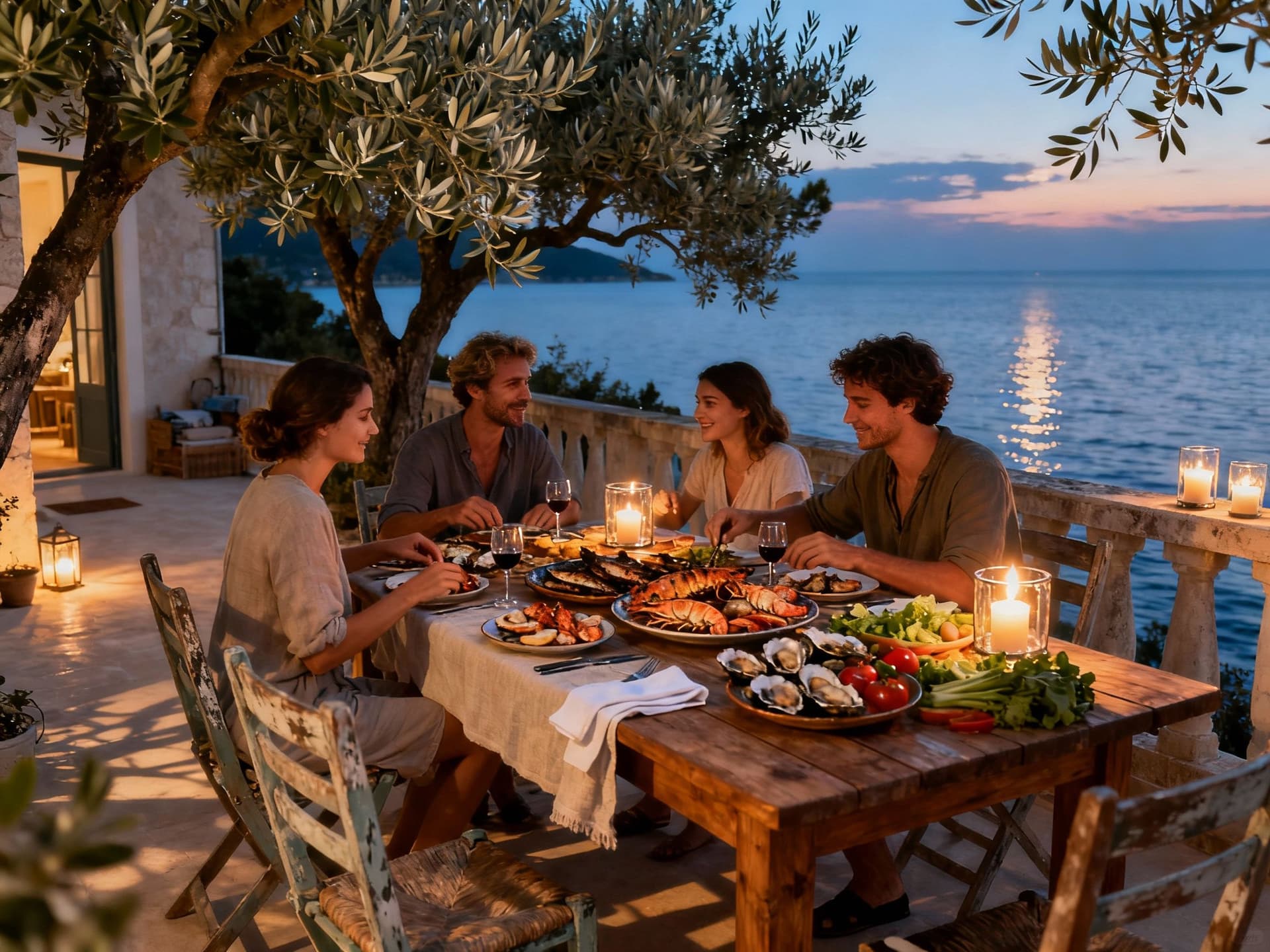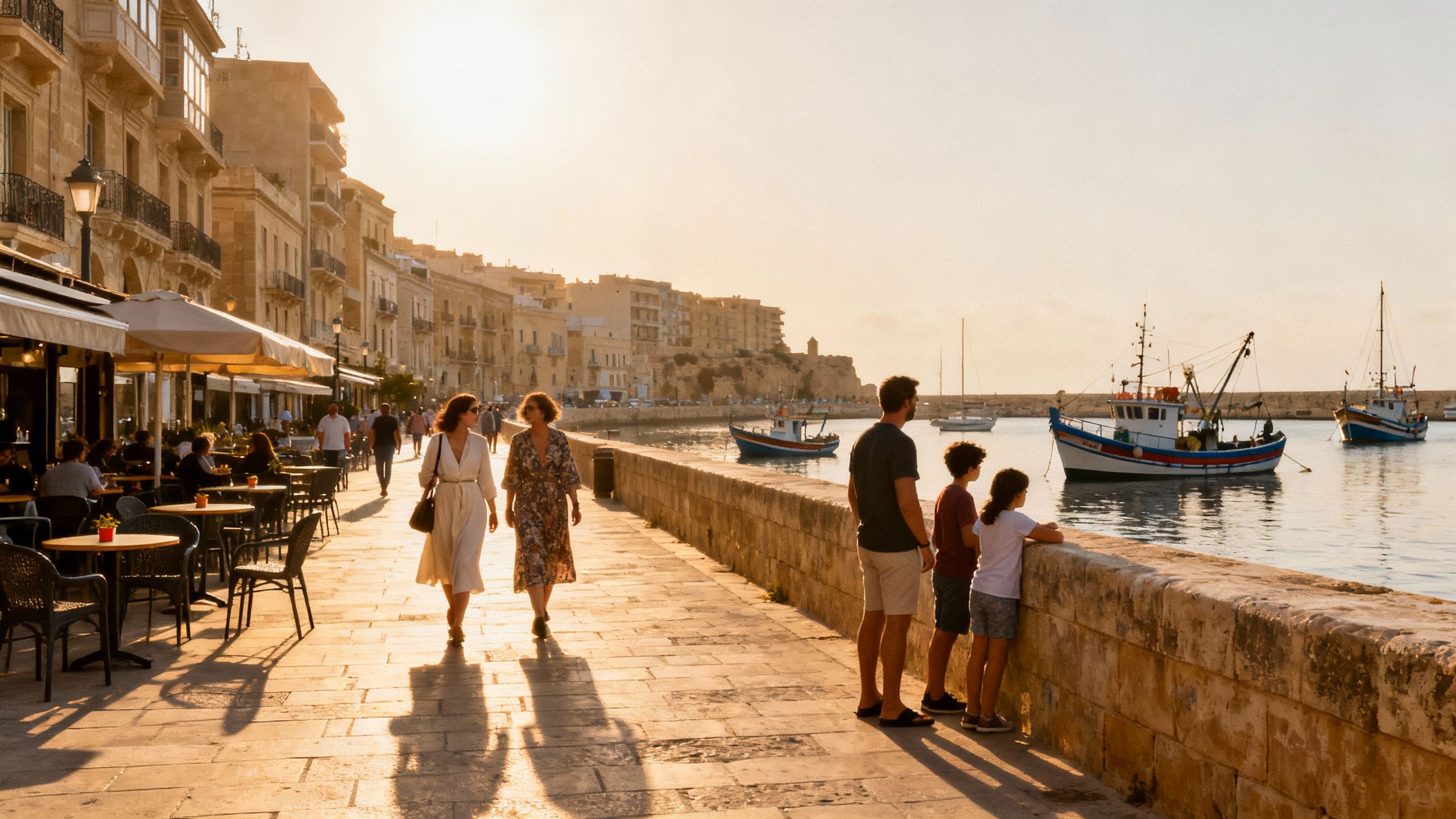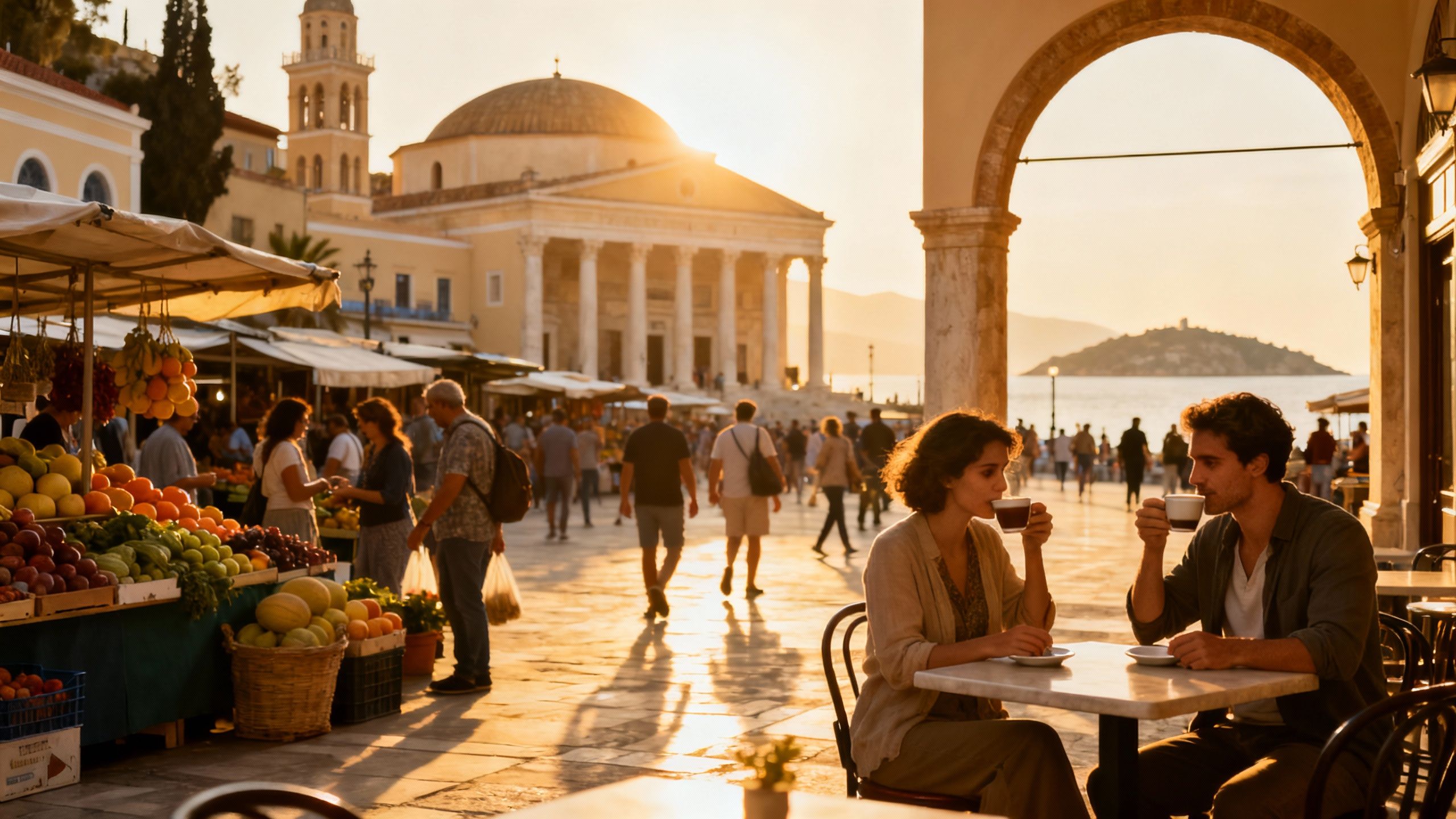When the Adriatic Storm Hits: Insurance & Buyer Safeguards in Croatia
Fall in love with Croatia’s coastal rhythms — then secure your dream with targeted insurance, title checks and local legal safeguards backed by recent market trends.
Imagine an autumn afternoon in Split: espresso on a shaded terrace in Varoš, fishermen hauling nets at the Riva, and a stone house whose thick walls keep the radiance of summer and the damp of winter at bay. For many international buyers the romance of coastal life arrives first — then the practical questions follow: how protected is this house against storm damage, what happens if title is unclear, and how will new property taxes change the calculus of ownership? This piece stitches lifestyle and hard detail together: we begin with the life you could lead in Croatia and then turn to the insurance and buyer-protection strategies that make that life secure.
Living the Croatian Life

A day in Croatia moves at a considered pace: morning markets brim with figs and pršut, afternoons are given to the coast or a siesta beneath stone porches, and evenings gather friends for long seafood dinners. Coastal towns such as Dubrovnik, Split and Rovinj have distinct rhythms — Dubrovnik’s Old Town hums with heritage, Split’s Peristil is more lived-in, and Rovinj blurs Italianate charm with Istrian craft. Understanding these rhythms helps you choose a property that will be used and cared for, rather than one that simply performs for seasonality.
Neighborhoods that feel like home
If you imagine mornings at a local café, look for neighbourhoods where residents actually live year‑round: in Split, Veli Varoš and Meje offer proximity to the sea and a quieter community feel; in Dubrovnik, Lapad balances coastal promenades with practical services; in Istria, Pula’s Veruda presents a more affordable, authentic everyday life. These micro-locations matter for insurance (flood and storm risk vary) and for buyer protection—title chains and municipal zoning records are simpler to verify in established residential quarters than in newly marketed tourist enclaves.
Food, seasons and the social calendar
Croatia’s seasons shape life and cost. Summer brings festivals and short‑let demand; autumn and spring reveal the quieter, authentic life that most buyers covet. Price growth has been strong in many coastal zones, altering the risk profile of buying for rental income versus private use; recent market coverage shows asking prices rising sharply in popular counties, a reminder that insurance and contractual protections should reflect the actual use-case of the property.
- Lifestyle highlights to weigh when choosing location: • Morning fish markets (Split, Zadar) and small bakeries in old quarters • Pebble coves and island-hopping from Hvar or Brač • Village-sunday markets and olive groves in Istria • Year-round expat communities in Zagreb and coastal mid-sized towns • Local festivals (e.g., Dubrovnik Summer Festival) that boost short-term demand • Proximity to healthcare and seasonal accessibility in winter
Making the Move: Practical Considerations

Romance must be grounded in paper and risk management. EU citizens enjoy parity with locals; non-EU buyers typically require Ministry of Justice consent unless purchasing via a Croatian company. That administrative step is the first place buyer protection matters: without formal approval you cannot register title, and without registered title you cannot obtain full insurance or resell with confidence.
Property types and the protections they need
A restored stone konoba needs different coverage than a contemporary seafront villa. For heritage properties consider structural surveys that document masonry, timber rot and historical interventions; for new builds verify developer guarantees and building permits. Insurance policies should match: all-risk building cover for structural elements, separate contents cover for valuable furnishings, and specific clauses for sea‑salt corrosion or flood and storm damage where applicable.
How local experts protect the lifestyle you buy
- Steps where a local agent and lawyer materially reduce risk: 1. Confirm municipal zoning and permitted uses to avoid surprise retrofit restrictions. 2. Commission a registry and encumbrance check to expose mortgages, liens or disputed boundaries. 3. Advise on the right insurance scope (flood, storm, liability, contents) and reputable Croatian insurers. 4. Structure contract clauses for escrowed deposits, staged payments and penalties for incomplete works. 5. Assist with Ministry of Justice reciprocity approvals where needed and with OIB/tax registrations.
Insider Knowledge: Insurance, Taxes and the Subtle Risks
Two practical points rarely foregrounded in sales brochures: first, national tax reforms are shifting emphasis toward property taxation, with municipalities empowered to set levies that affect holding costs; second, rapid price appreciation in coastal counties raises both replacement‑cost exposures for insurers and the need for clear title. Buyers who assume low ongoing costs or lax documentation risk sudden, material increases to their ownership expenses.
Common buyer missteps and how to avoid them
- Frequent missteps and practical countermeasures: • Assuming verbal promises equal planning permission — always obtain written municipal approvals. • Buying without a structural survey — commission specialists for older stone houses. • Underinsuring against storm surge and salt corrosion — request tailored marine-coastal endorsements. • Overlooking reciprocity requirements as a non‑EU citizen — secure Ministry approval or use a Croatian d.o.o. • Failing to budget for emerging municipal property taxes — model scenarios at €0.60–€8/m² where applicable.
Longer-term stewardship: maintenance, neighbours and rentals
A Croatian home becomes an enduring asset when it is cared for. Practical stewardship combines a local property manager, a maintenance reserve, and insurance that includes third‑party liability if you plan short lets. Neighbours and local committees often influence repairs in historic quarters, so social integration — attending meetings, learning a few phrases of Croatian — is also a form of protection for your investment.
Croatia offers the texture of Mediterranean life — markets, stone lanes and an Adriatic coast that becomes part of your daily rhythm. But to live well here you must pair desire with diligence: verify title, tailor insurance to coastal exposures, and work with advisers who understand both the legal mechanics and the rhythms of neighbourhood life. If you would like, we can introduce specialists who combine local knowledge with discreet service so the life you imagine is the life you secure.
Norwegian with years in Florence guiding clients across borders. I bridge Oslo and Tuscany, focusing on legal navigation, cultural context, and enduring craftsmanship.


